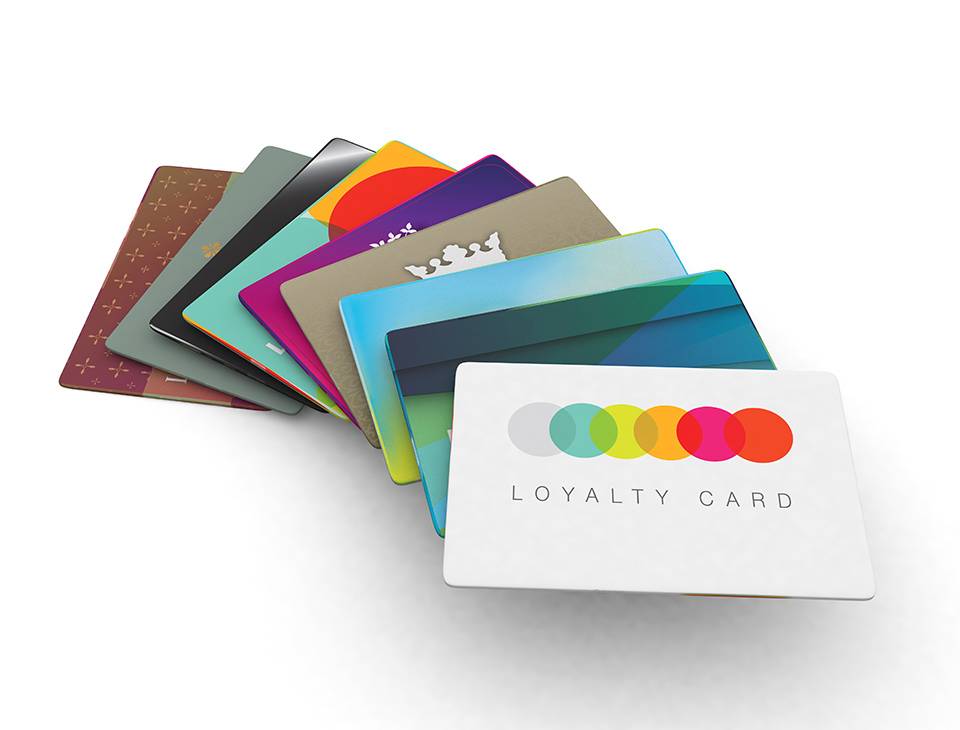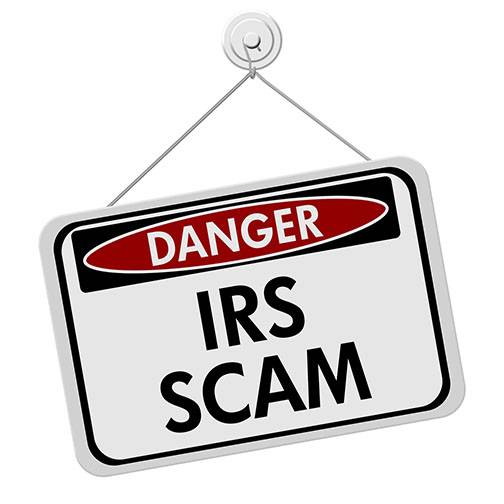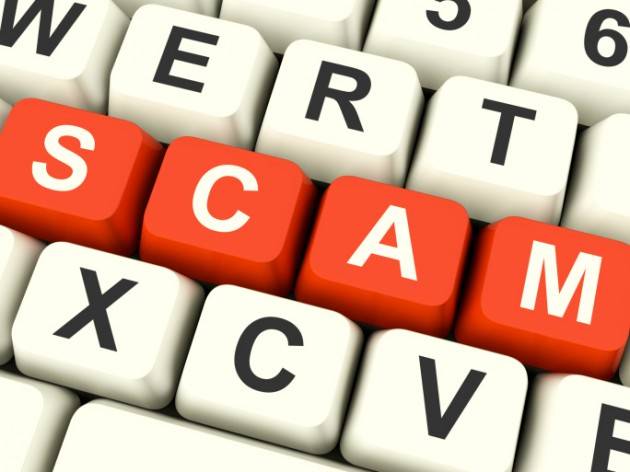Video Transcript
Mike: We’ve been getting complaints from viewers about stolen credit card information, just today we heard of three such cases.
Allison: We called bank investigators who told us there has has been an uptick in reports of fraudulent charges in the Redding area. Now one man who didn’t want to go on camera told us scammers got $1000 from his card.
Mike: When he reported those charges his bank told him the culprits probably use something called a skimmer, KRCR News Channel 7 Tennyson Coleman has more on how those skimmers work and how to keep it from happening to you.
Tennyson: Last year in the State of California there were over 55,000 reported cases of credit card fraud, the highest amongst any U.S. states.
Sandy: You kind of wonder like, “Okay, who’s watching my accounts?”
Tennyson: We asked tech experts at Nerds On Call about how these cards skimmers work.
Mathew: It’s really easy for them to just put something that looks a lot like what we’re used to seeing, you know, a little black slot that you just slide your card into, they put it over the other one and when you put your card in, it just skims that additional information as it gets to run normally.
Tennyson: These devices allow the scammers to access any information stored on the credit card’s magnetic strip including the cardholder’s name and account number. Sometimes scammers will hide a small camera over transaction PIN pads in order to view a user’s PIN number.
Mathew: People swipe their cards or put in their numbers without really thinking twice about it, they like to prey victim to those types of people.
Sandy: I’m cautious. I’m very cautious, I mean, I cup my hand over when I put my PIN number in.
Tennyson: Sandy has the right idea according to Mathew; he says being aware and careful is key to avoiding getting scammed.
Mathew: Using a card reader that’s in plain view, we recommend ones that are inside of buildings, you know, near a security camera, something like that, so in case anything does happen there is evidence to back up or they can look through.
Tennyson: Experts also recommend that cardholders switch over to credit cards with EMV chips implanted in them as it protects against future breaches of security. Tennyson Coleman, KRCR News Channel 7 Redding.
Mike: If you or anyone you know has been a victim of this kind of credit card fraud, contact authorities.
Credit card skimmers are nothing new, but we all need regular reminding that criminals are always looking at ways of capturing your private credit card information.
According to the 2015 FICO Card Alert Service, from Jan. 1 to April 9, 2015, skimming at bank-owned ATMs increased 173.53% year over year, while growth at non-bank ATMs topped 316%. This is an alarming statistic, so what can you do to protect yourself I hear?
Use payment methods that generate a unique 16-digit account number whenever possible:
1. Use the chip reader instead of swiping
- Most major credit card companies have sent out new cards with this chip to consumers.
2. Use secure smartphone payment methods like Apple Pay, Android Pay & Samsung Pay
- Set it up on your Smartphone in advance
- Link it to a credit card or bank account
- Each retailer receives a newly-generated, 16-digit virtual number instead of your actual account number
- If someone gets ahold of the credit card number specific to that transaction, it won’t work for them again
- This also protects you against a future security breach of the retailer (if they store your number it won’t work anywhere else)
If you must swipe your credit card:
1. Visually inspect the unit.
- If it seems loose or modified, don’t use it
- If it has visible scratches or signs of potential tampering, don’t use it
- Notify the authorities if it looks suspicious
2. Be particularly wary of swiping your card in lightly monitored areas – gas pumps far from the attendant, remote 3rd party ATMS, etc
- If you’re concerned, take your card to the attendant. It is much less likely for the attendant to be in on a credit card skimming scam, however not unheard of!
Protect yourself from credit card fraud. You should take advantage of security features offered by your bank or credit card company:
- Many offer free credit monitoring – you’ll get alerted if any new bank or financial accounts are opened in your name.
- Some offer an app-based service to “freeze” your card if you think it could be compromised, or even simply between uses.
- Some offer geolocation matching – when a swipe transaction is attempted, your financial institution will ping your smartphone. If it isn’t located in the same place as the swipe, the transaction won’t go through.
- Set up notifications so that you’ll be alerted of unusual activity (such as “card not present” transactions).
Like This? We have more!
Sign up below to be kept in the loop and be sent more content like this in the future!

About The Author: Andrea Eldridge is CEO and co-founder of Nerds On Call, a computer repair company that specializes in on-site and online service for homes and businesses. Andrea is the writer of a weekly column, Nerd Chick Adventures in The Record Searchlight. She prepares TV segments for and appears regularly on CBS, CW and FOX on shows such as Good Day Sacramento, More Good Day Portland, and CBS 13 News, offering viewers technology and lifestyle tips. See Andrea in action at callnerds.com/andrea/.






